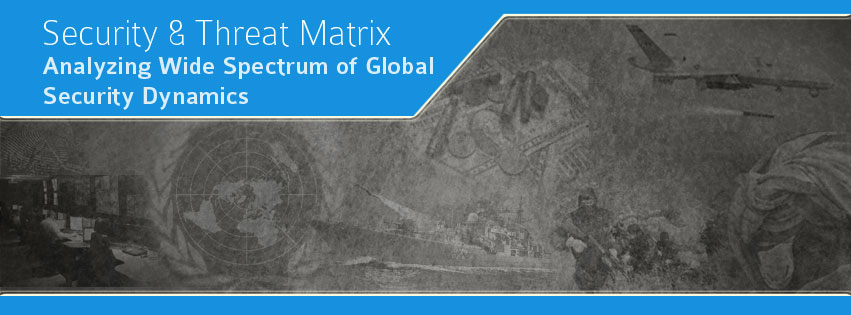
By News Desk
Russia has unveiled a new 5th generation fighter jet earlier in this week. It is a single engine fighter just like American F-35 Lightening II.
Russia is planning to showcase the fighter on 26th July 2021 during MAKS 2021 military hardware exhibition in Moscow.
It is believed that this new stealth fighter carries the same power plant which powers first Russian 5th gen fighter jet SU-57 Felon.
Single engine 5th generation fighter jet of Russia would enable Russian air force to compete with NATO in next generation fighter era as it is going to play a critical role in overall balance of air power in Europe and Asia.
China is already in the race of producing 5th generation fighters. It has produced heavy J-20 Mighty Dragon and medium weight J-31. Both of these are though twin engine unlike American F-35 or this new Russian fighter.









